In the ever-evolving landscape of health and wellness, two dietary strategies have risen to prominence for their distinct yet complementary benefits: the ketogenic diet and intermittent fasting. Each approach, on its own, champions metabolic efficiency—keto through a fat-fueled energy system, and intermittent fasting by syncing eating patterns with the body’s natural rhythms. When combined, these methods offer a powerful synergy that can enhance fat loss, mental clarity, and overall vitality. This article explores how to effectively merge keto principles with intermittent fasting, presenting a thoughtfully crafted meal plan designed to nourish the body while embracing the unique demands of both lifestyles. Whether you’re a seasoned practitioner or a curious newcomer, understanding this fusion could be the key to unlocking your health goals.
Table of Contents
- Crafting Balanced Meals for Keto and Intermittent Fasting Success
- Optimizing Nutrient Timing to Maximize Fat Burning
- Choosing the Right Fats and Proteins for Sustained Energy
- Smart Snack Options That Complement Keto and IF Protocols
- Tailoring Your Meal Plan Based on Fasting Windows and Activity Levels
- Q&A
- Concluding Remarks

Crafting Balanced Meals for Keto and Intermittent Fasting Success
When aiming to optimize both keto and intermittent fasting, it’s essential to focus on meals that not only comply with low-carb, high-fat principles but also sustain you through fasting windows without causing energy crashes. Prioritize nutrient-dense ingredients such as avocados, nuts, and fatty fish, which provide lasting satiety and essential omega-3s. Incorporate fibrous, low-carb vegetables like broccoli, spinach, and cauliflower to keep digestion smooth and support gut health. Pay close attention to macronutrient balance: each meal should lean towards fats (~70%), moderate proteins (~25%), and minimal carbohydrates (~5%) to maintain ketosis and provide endurance during fasting.
Designing your meals with variety and simplicity can boost adherence to the plan. Consider using the following ingredients as the backbone of your meals:
- Healthy Fats: Olive oil, coconut oil, grass-fed butter
- Proteins: Eggs, salmon, chicken thighs, grass-fed beef
- Low-Carb Vegetables: Zucchini, asparagus, kale
| Meal | Macro Focus | Sample Option |
|---|---|---|
| Breaking Fast | Fats & Protein | Scrambled eggs with avocado |
| Lunch | Fat & Fiber | Salmon salad with olive oil dressing |
| Dinner | Protein & Vegetables | Grilled chicken with sautéed kale |

Optimizing Nutrient Timing to Maximize Fat Burning
Effective nutrient timing is a game changer when it comes to supercharging fat oxidation during keto and intermittent fasting protocols. Capitalizing on the body’s natural hormonal fluctuations, consider scheduling your higher fat and moderate protein meals during the eating window when insulin sensitivity peaks. This approach ensures that fats are preferentially burned for energy rather than stored, while protein supports muscle preservation and metabolic flexibility. Additionally, consuming electrolytes and non-caloric beverages in the fasted state can help maintain energy levels and enhance fat mobilization without breaking your fast.
To get the most from your nutrient timing strategy, focus on these key practices:
- Break your fast with a nutrient-dense fat source. Examples include avocado, MCT oil, or nuts—these kickstart fat metabolism.
- Eat most carbohydrates around your workout, if you include one, to optimize muscle glycogen without disrupting ketosis significantly.
- Keep protein consistent but moderate to maintain lean muscle without triggering gluconeogenesis that interrupts fasting benefits.
| Time | Recommended Macronutrient Focus | Fat-Burning Benefit |
|---|---|---|
| Morning (Fast) | Water, Electrolytes | Supports lipolysis |
| Breaking Fast | Healthy Fats + Moderate Protein | Enhances fat oxidation and muscle preservation |
| Post-Workout | Carbohydrates + Protein | Replenishes glycogen, aids recovery |
| Evening | Fats + Low Carbs | Maintains ketosis overnight |
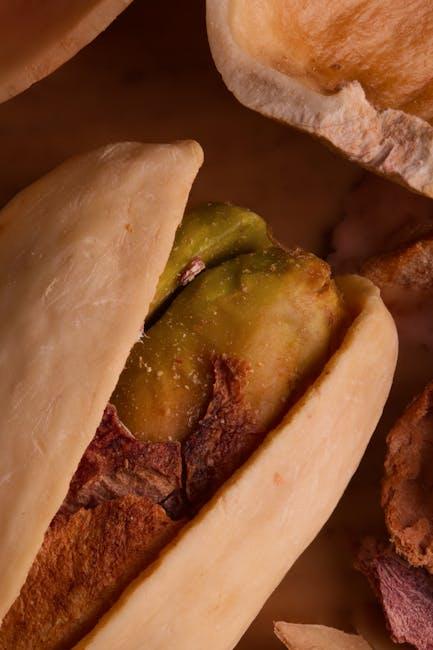
Choosing the Right Fats and Proteins for Sustained Energy
Incorporating the right fats and proteins into your meal plan is crucial for maintaining energy levels while following keto and intermittent fasting protocols. Prioritize sources of healthy fats such as avocado, coconut oil, and grass-fed butter, which provide long-lasting fuel without spiking insulin. These fats not only support ketosis but also help keep hunger at bay during fasting windows. Don’t overlook the power of omega-3 rich fats from fatty fish like salmon and mackerel, which promote brain health and reduce inflammation.
When selecting proteins, opt for nutrient-dense options with moderate fat content to complement your keto lifestyle. Think beyond typical choices: include pasture-raised eggs, grass-fed beef, and organic poultry. Balancing your protein intake ensures muscle preservation while allowing your body to efficiently burn fat for energy. Here’s a quick guide to optimize your fats and proteins:
- Fats: Avocado, MCT oil, olive oil, nuts, and seeds
- Proteins: Wild-caught fish, grass-fed beef, free-range poultry, and eggs
| Fat Source | Benefit | Ideal Serving |
|---|---|---|
| Avocado | Rich in monounsaturated fats & potassium | Half to one medium fruit |
| Grass-Fed Butter | High in CLA for fat metabolism support | 1-2 tbsp per meal |
| Wild-Caught Salmon | Loaded with omega-3s & quality protein | 3-4 oz per serving |

Smart Snack Options That Complement Keto and IF Protocols
When you’re navigating the unique demands of keto and intermittent fasting simultaneously, choosing the right snacks is essential to maintain ketosis and avoid energy crashes. Think beyond the standard fare—opt for nutrient-dense bites that provide both sustained fuel and satiety. Olives, nuts, and seeds are fantastic because they’re rich in healthy fats and keep hunger at bay without kicking you out of fat-burning mode. In addition, low-carb cheese cubes or a few slices of avocado can add variety while delivering essential electrolytes and vitamins, critical to balancing your fasting days.
To simplify your snack game, here’s a handy reference of quick, keto-friendly options designed for intermittent fasting windows, perfect for when you break your fast or need a mini energy boost. These selections emphasize high fat, moderate protein, and minimal carbs to nourish your body strategically.
| Snack | Main Nutrition Highlight | Why It Works |
|---|---|---|
| Macadamia Nuts | Monounsaturated Fats | Supports ketosis with minimal carbs |
| Seaweed Snacks | Electrolytes & Fiber | Enhances hydration and gut health |
| Hard-Boiled Eggs | Protein & Choline | Promotes fullness without insulin spikes |
| Full-Fat Greek Yogurt | Probiotics & Fat | Beneficial for digestion, low in carbs |
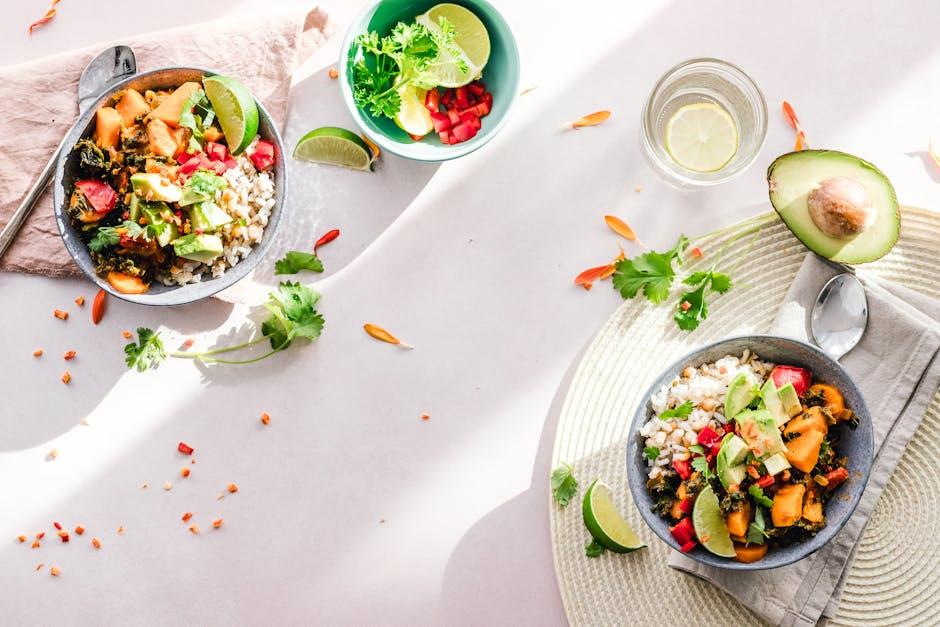
Tailoring Your Meal Plan Based on Fasting Windows and Activity Levels
Crafting an effective meal strategy requires syncing your eating windows with your daily energy demands. During shorter fasting periods, such as 12-16 hours, aim to consume nutrient-dense meals that offer sustained energy—think high-quality fats like avocado, nuts, and olive oil, complemented by moderate protein and fibrous greens. For those embracing longer fasts, replenishing glycogen stores becomes critical; prioritize hearty, keto-friendly meals rich in protein and vegetables immediately after breaking your fast to avoid energy dips. Aligning your macronutrient ratios with your fasting window not only optimizes fat burning but also supports metabolic flexibility.
Activity levels dramatically influence how you tailor your intake. On rest days, lighter meals with balanced electrolytes can promote recovery without excess calorie load. Conversely, days packed with intense workouts or prolonged physical activity warrant enhanced fat and protein intake to support muscle repair and endurance. Below is a quick reference to balance meal components based on activity and fasting duration:
| Fasting Window | Activity Level | Recommended Meal Focus |
|---|---|---|
| 12-14 hours | Low to Moderate | High fats, moderate protein, fibrous veggies |
| 14-18 hours | Moderate to High | Protein-rich, electrolyte-focused, healthy fats |
| 18+ hours | High Intensity | Protein-dense recovery meals & complex fats |
- Hydration: Always pair meals with ample electrolytes and water, especially around workouts.
- Meal Timing: Prioritize nutrient timing by eating larger meals immediately post-fast and post-workout for muscle repair.
- Fat Quality: Opt for monounsaturated and saturated fats from natural sources to fuel ketogenic metabolism effectively.
Q&A
Q&A: Mastering the Meal Plan for Keto and Intermittent Fasting
Q: What is the basic concept behind combining keto and intermittent fasting?
A: Combining the ketogenic diet with intermittent fasting leverages the power of both approaches to accelerate fat burning. Keto shifts your metabolism to burn fats for energy by limiting carbs, while intermittent fasting extends the time your body stays in fat-burning mode without food intake. Together, they create a potent synergy for weight management and metabolic health.
Q: How does one structure a typical day when following both keto and intermittent fasting?
A: A common structure is the 16:8 fasting window—fasting for 16 hours, eating within an 8-hour window. During eating hours, meals are high-fat, moderate-protein, and very low-carb. For example, break your fast at noon with a spinach and avocado salad topped with grilled salmon, then enjoy a keto-friendly snack and a dinner rich in healthy fats and greens.
Q: What kinds of foods should be prioritized in this combined meal plan?
A: Focus on fatty fish, avocados, olive oil, nuts, seeds, low-carb vegetables (like leafy greens and broccoli), and moderate amounts of protein from meat, eggs, or dairy. Avoid all sugary foods, grains, starchy vegetables, and high-carb fruits to stay in ketosis and keep insulin levels steady.
Q: Can you suggest a sample meal plan for someone starting this regimen?
A: Certainly! Here’s a simple starter plan:
- 12 PM (Break Fast): Omelet cooked in butter with spinach and cheese, plus half an avocado.
- Snack (3 PM): Handful of macadamia nuts and a small portion of olives.
- Dinner (7 PM): Grilled chicken thighs with roasted asparagus drizzled in olive oil, served with a side of cauliflower mash.
Q: How important is hydration and electrolyte balance in this combined approach?
A: Extremely important. Both keto and intermittent fasting can lead to rapid water and electrolyte loss. Drink plenty of water and consider supplementing with sodium, potassium, and magnesium to maintain balance, avoid headaches, fatigue, and muscle cramps.
Q: Are there any common challenges to expect when combining keto and intermittent fasting?
A: Initial adaptation can bring ‘keto flu’ symptoms—headaches, irritability, or low energy—as your body switches fuel sources. Hunger pangs during fasting windows may occur but usually ease as your body adapts. Planning nutrient-dense meals and maintaining hydration helps ease the transition.
Q: Who should consult a healthcare professional before starting this combined plan?
A: Anyone with existing medical conditions such as diabetes, kidney disease, or those who are pregnant or breastfeeding should consult a healthcare provider. It’s also wise for individuals on medications to get professional guidance to avoid adverse effects.
Q: What are the potential long-term benefits of integrating keto with intermittent fasting?
A: Combining these two approaches may enhance weight loss, improve insulin sensitivity, support brain health, and boost energy levels. Many practitioners report increased mental clarity and stabilized moods. However, sustainable results depend on balanced nutrition and lifestyle habits.
Q: How can one personalize their keto and intermittent fasting meal plan?
A: Personalization depends on activity level, goals, and preferences. Some might prefer shorter fasting windows like 14:10 or longer fasts occasionally. Adjust fat and protein intake based on satiety and energy needs. Experimentation and mindful listening to your body are key.
Q: Any final tips for success with this combined meal plan?
A: Be patient with the process, prepare meals ahead to avoid carb pitfalls, and honor your body’s hunger cues. Keeping a food and fasting journal can help track progress and fine-tune your approach. Remember, consistency over perfection paves the way to lasting benefits.
Concluding Remarks
In the ever-evolving landscape of health and wellness, combining keto with intermittent fasting offers a unique pathway to mindful eating and metabolic balance. Crafting a meal plan that harmonizes these approaches allows for both flexibility and structure, empowering you to tune into your body’s needs. As you embark on this journey, remember that the key lies not just in what you eat or when you eat, but in embracing a sustainable rhythm that fuels your lifestyle. Whether you’re seeking weight management, increased energy, or simply a fresh approach to nutrition, this fusion invites you to explore a world where food and fasting coexist in harmony—one thoughtful bite and mindful hour at a time.








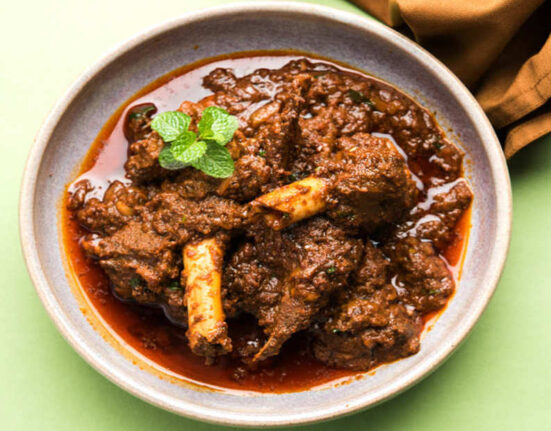


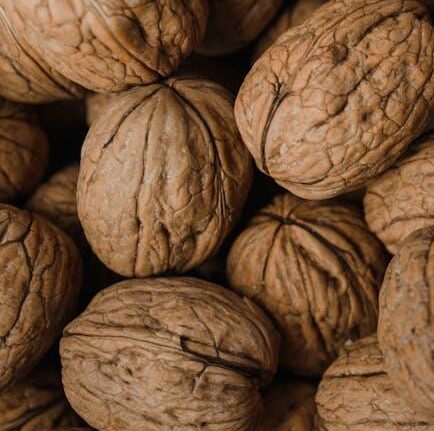
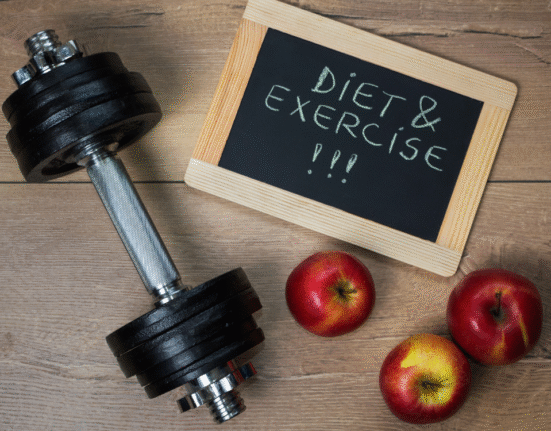
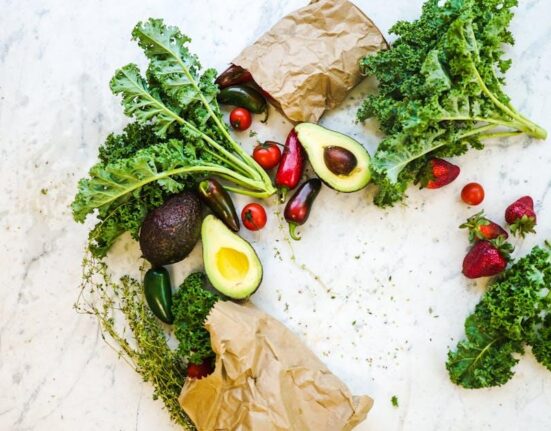
Leave feedback about this